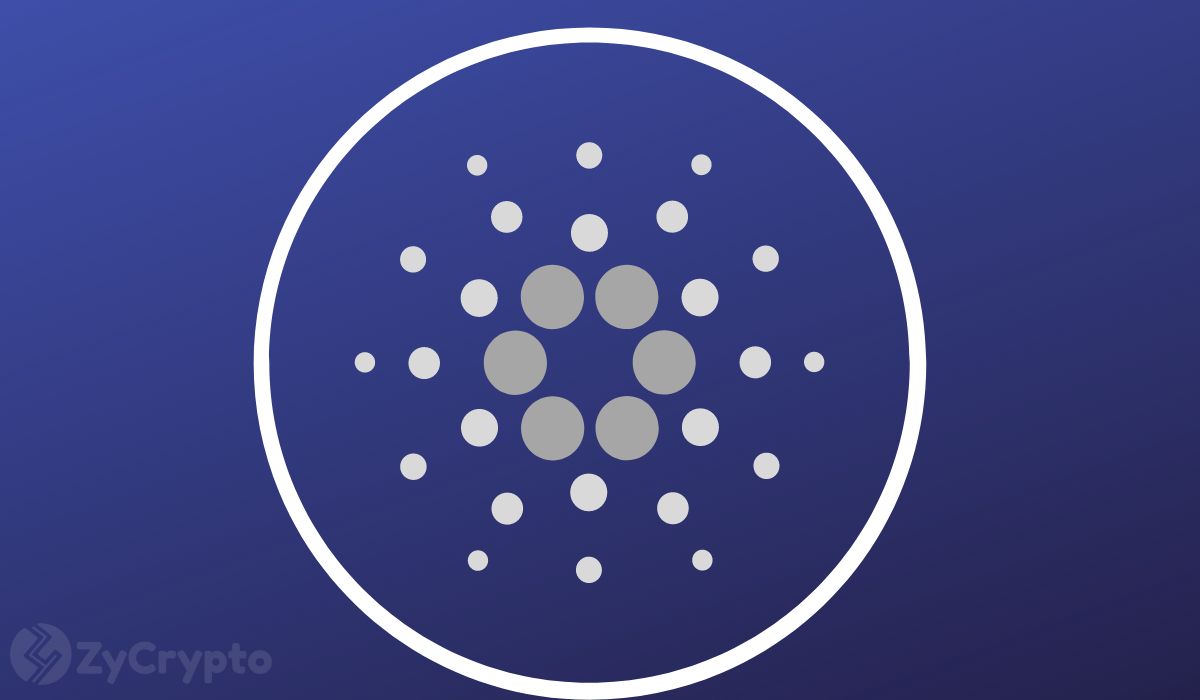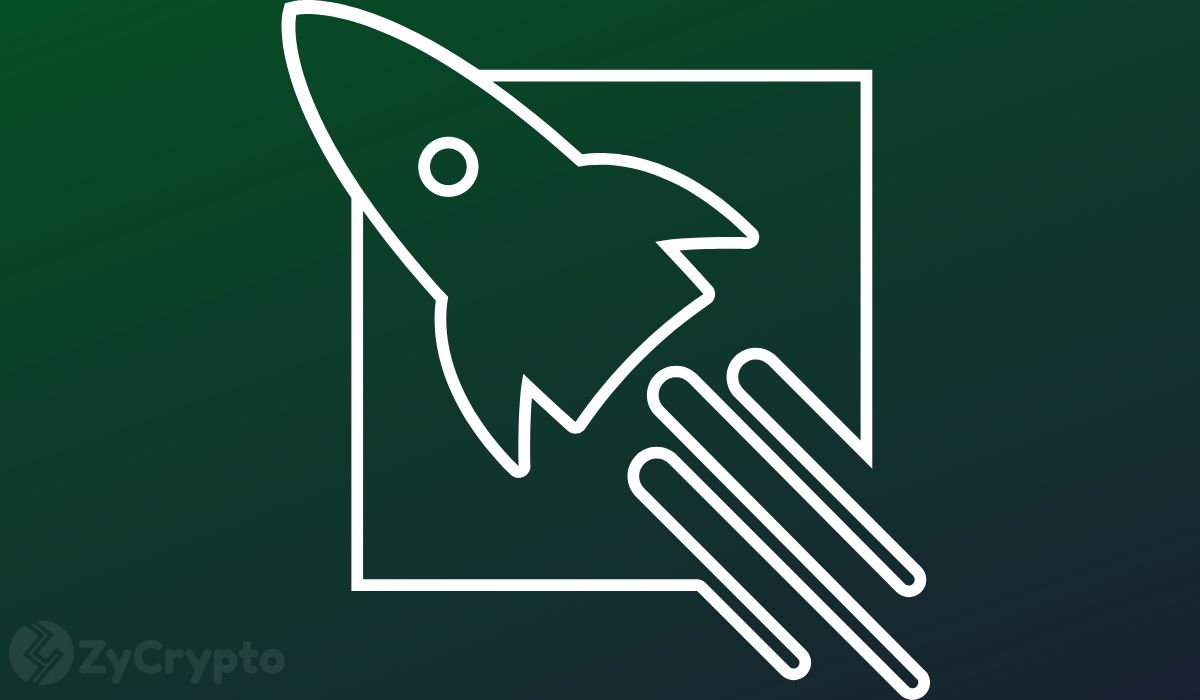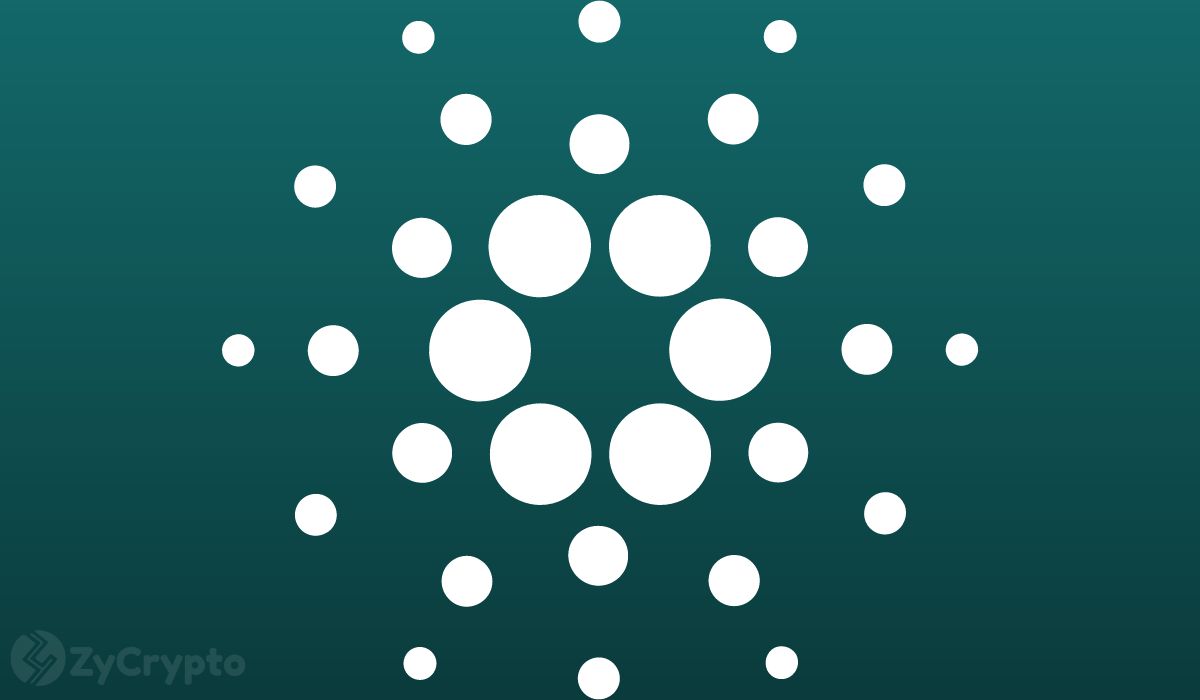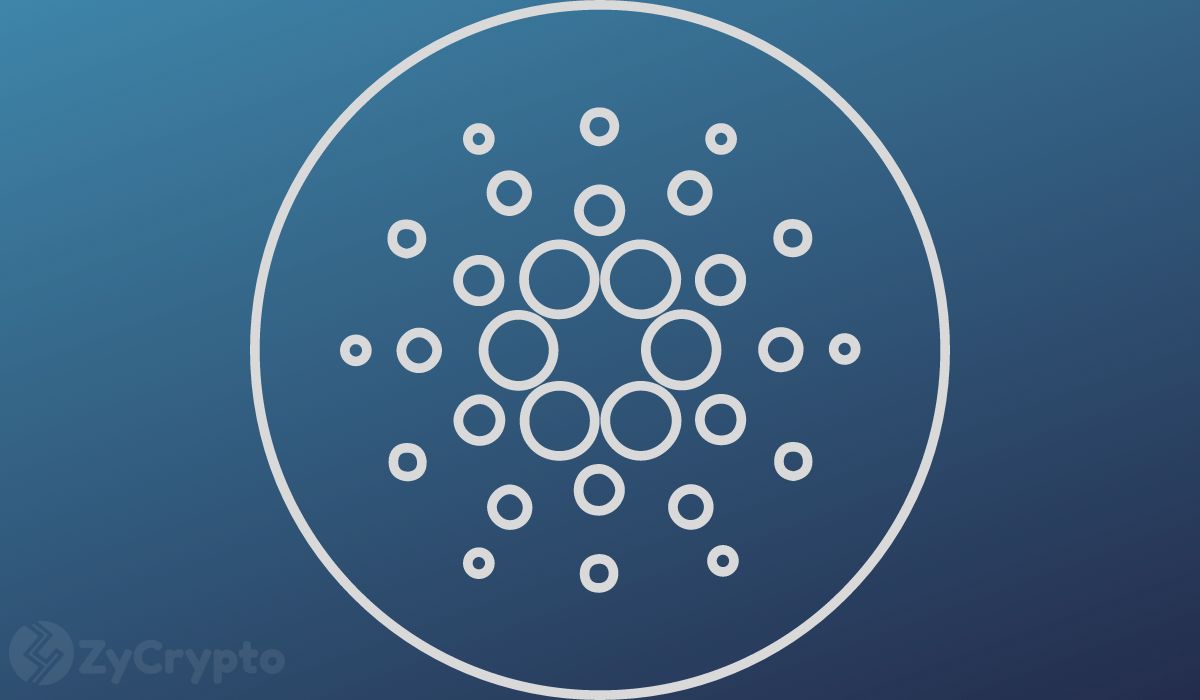2022-7-21 10:57 |
Blockchain-based technologies, as expressed by cryptocurrencies and other forms of digital assets like non-fungible tokens (NFTs), are beginning to make their presence felt in many different industries. While appearing little different on the surface from other types of digital money, the excitement crypto and NFTs have generated centres around their enabling features in digital transactions, in particular with ownership management.
NFTs, in their own right, have attracted a lot of interest over the last two years owing to the way they have allowed for the secure and authenticatable transfer of physical items via the blockchain. Stripped down, NFTs are simply tokens that represent unique assets.
In the case of art and collectibles, this proved to be a highly useful feature that let people create NFTs representing unique and rare pieces of art and culture. If you owned an NFT, you owned the creative rights to a piece of art – verifiable by anyone just by cross-checking the NFT data on a public ledger
Yet NFTs in this form has barely scratched the surface of what’s possible, particularly when dealing with industries where non-fungibility and fungibility factors are crucial aspects.
Beyond Static NFT Use in GamingGame developers DRepublic, the team behind the upcoming MMORPG Cradles: Origin of Species, are among those who believe that blockchain technology can provide solutions that could spell groundbreaking innovations in the gaming industry.
While some gaming companies have already dabbled in crypto and NFTs, they’ve so far been met with limited success. High-profile NFT efforts have even resulted in a major backlash from the gaming community. The ire drawn by NFT experiments like that of Ubisoft can be traced back to the simplistic implementation of NFTs in games, either as an alternative currency or as a way to generate more money for the company by generating even more “unique” items like skins. In other words, NFTs in gaming so far have only served to further the much-maligned “lootbox” mentality perceived by many gamers as plaguing game developers.
Cradles developers seek to move beyond the static features of NFTs that have made them so popular among speculators, by fine-tuning a new type of NFT token based on what they call the EIP-3664 protocol (technically, it is simply a naming of a proposal for a new set of rules on the blockchain), that expands on existing NFT standards, ERC721 and ERC1155.
The new EIP3664 NFTs will allow all game elements to contain far more information than regular NFTs, giving them many more attributes that result in a variety of ways the game can interact with these elements. In game-speak, this simply means that the entire game world is made up of components that can be combined with or separated from each other.
Combinable game elements and a time-lapsing virtual worldComponent NFTs can be described like this. If characters, items, and even plants and animals are all made up of component NFTs, it would be possible for a player to fully create and participate in the world-building of a virtual universe. For example, you would harvest raw materials from nature and combine them to create tools and weapons bearing all the different attributes of their individual components. Then, attach these tools, weapons, clothes and even skills to a character and that new character bears all the different attributes of all their combined components. Similarly, you can break down an element into all its separate components to recreate a virtually unlimited combination of possible new items and characters.
In effect, the EIP-3664 protocol is set to make these digital assets more customizable for Cradles players to shift and change their in-game articles in unlimited ways by harvesting raw materials obtained by exploring and going on adventures.
Crucially, NFTs in Cradles will also have evolvable attributes hard-coded into every component, enabling all game elements to simulate the laws of time and physics – something no virtual world has been able to properly implement.
DRepublic calls this effect “entropy-increase”. Using block time as a stable basis for perpetual time lapsing, each game element evolves gradually. Items rust, characters age, and buildings slowly break down as block time passes, requiring the active intervention of players to incentivize cooperation amongst players.
Players will be able to see their NFTs (as characters and even items) evolving over time. Rather than the static standards of today, Cradles will create a world in motion with its own changes, deterioration, and progress.
A game that insists on new experiencesAt the core of Cradles is an open-world MMORPG with elements of the metaverse but with an aim to expand on the conventional RPG experience.
Cradles players will experience a virtual reality game compatible with deep immersion hardware that will enable them to play and interact with other players at any species of their choosing. The game will provide players with ultimate freedom, capacity for exploration, and community building.
Players will be able to explore different areas in the game, a Main City and an Adventure Zone. In the former, players will be able to explore and interact with other players while in the latter, players will need to defend themselves from potential hostilities and gather supplies from their surroundings.
The entire virtual world also ties into the spine of the plot, where characters are sent far back in time from a doomed future, seeking an answer to avoid a destiny of extinction. In this way, exploration, research and discovery are the only ways to further the world-building as Cradles hopes to be a game that encourages and motivates new gaming experiences, to try and move beyond the repetitive grinding spiral that most online RPGs tend to end up with.
Blockchain will have a say in the Future Of GamingDespite already raising significant funding for its development, the team behind the project is keen to lay the foundations for an open, decentralised community that will eventually result in a self-sustaining game.
Its growing community aren’t just considered as gamers but as game creators. Even now, the game developers continue to work on improving the overall gaming experience by implementing new features, fixing bugs, and testing new functionalities – following the direction and feedback of its community online.
Cradles players can position themselves today and benefit from a sector destined to keep on expanding over time by attracting new users to its ecosystem. Today, according to data from Dapps Radar, the top 10 Blockchain games command over $700 million in assets with close to 1 million active players.
Clearly, there is interest and potential in more decentralised forms of games that rely on community-based efforts to develop, particularly when the relationship between gamers and traditional game developers in recent years has been fraught with disappointment and frustration.
The games of tomorrow may not necessarily be all about being able to earn cryptocurrencies and buy NFTs in the game. But should blockchain technology provide the next true innovation, enabling and unlocking new gameplay aspects that traditional games have always lacked, it may very well be the gateway to the future of gaming.
origin »VIP Tokens (VIP) на Currencies.ru
|
|











